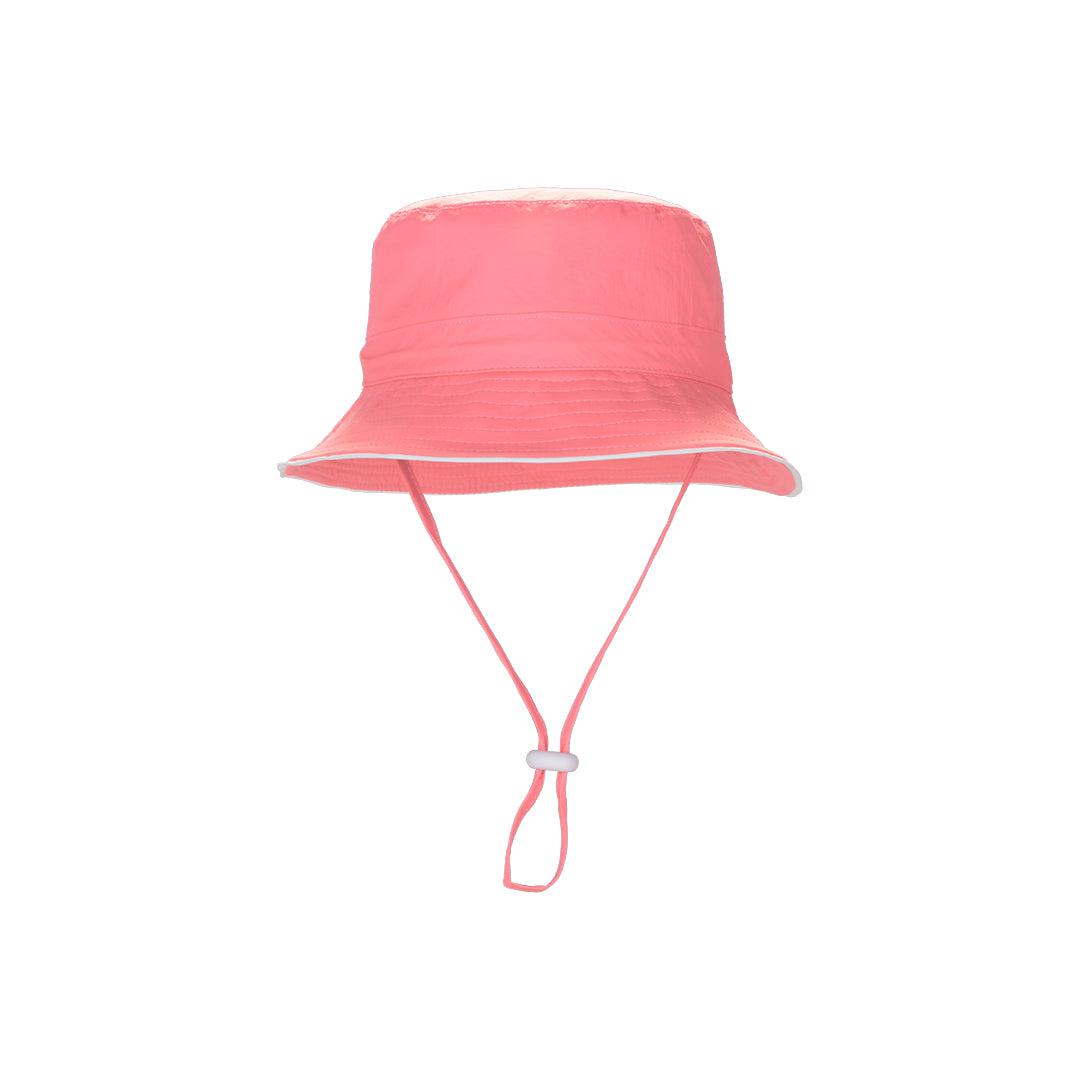The science behind blue light blocking glasses
We want our crew of Babiators kids to be out exploring whenever they can, but we also understand on those wetter days the fun can be limited to inside four walls…and this is typically when that rectangular screen rears its’ head!
With growing concern over kid’s screen-time and the effects on their eye health, blue light blocking glasses are a way to aid little eyes when they’re glued watching their favourite show. However, unlike sunglasses, there is little common knowledge about the science of blue light and how it's affecting our eyes. So we thought – let’s take a look at the science and help more little screen-scrollers, see safely!

What is blue light?
The world is pulsing with electromagnetic energy, it’s everywhere and it even travels through us (ouch!). These electromagnetic waves all vary in length, the longest including radio waves and the shortest including x-rays.
Most electromagnetic waves are invisible but a small group of waves, known as visible light, can be detected by the human eye. Visible light waves vary in length from 380 nanometres (violet light) to 700 nanometres (red light).
As a visible light, blue light sits between 400nm and 490nm and has very short, high-energy waves meaning they are only slightly longer and less powerful than UV waves!
Fun fact
Have you ever wondered why the sky is blue? Well, that’s because blue light waves bounce and scatter off the nitrogen and oxygen particles in our atmosphere and nitrogen and oxygen particles are perfectly formed to deflect blue light!

What produces blue light?
You may be wondering why blue light is everywhere – surely, it’s only emitted from our devices? Wrong!
Sources of blue light - like all other visible light around us - is emitted by the sun (yes, our good ol’solar friend!). While the sun emits blue light so too does fluorescent and incandescent light bulbs. This means that us – humans - are exposed to more blue light than ever because of the widespread use of devices that rely on light-emitting diode (LED) technology. Devices that include LED technology range from computer and laptop screens to flat-screen TV's, mobile phones and more.
What does blue light do to our kid’s eyes?
Like adults, little eyes are equipped with protection from certain lights, for example the cornea and lens help to protect the retina from UV rays - smart, isn’t it!
Researchers have known for a long time that UV rays can damage our eyes and skin but some studies suggest that blue light rays also interfere with healthy cell functions. And, because our eyes don’t possess structures that block out blue light, eye health experts have expressed concern about the amount of time spent on blue light emitting devices and the detrimental effects on our eyes that is associated with screen time.
How blue light affects the eyes

Some benefits of blue light
While blue light isn't good for our eyes, it isn't all bad! Blue light exposure has a few health benefits on the rest of our body and mind including:
- Helps to stay alert
- Boost memory and cognitive function
- Help with some skin conditions such as acne
Why blue light blocking glasses?
Blue light studies show that prolonged exposure can take its toll on our eyes - this is where blue light blocking glasses come in!
The idea of blue light blocking glasses is to protect the eyes from the high-energy blue wavelengths, reducing the potential for eye damage from prolonged exposure. The glasses are made with special blue light lenses which are designed to filter out a percentage of blue light, but still let other types of light through.
Plus, with many little users on blue light emitting devices in the evening or after the sun has set, there's a worry that blue light before bed can decrease melatonin production; the hormone that controls the sleep-wake cycle. Research suggests that wearing blue light blocking glasses, especially before bed can effectively treat melatonin suppression (that means less chance of tired tears!).

Make sure to remember...
Eye specialists conclude that while eye strain is mostly linked to prolonged digital device use rather than blue light, blue light blocking glasses provide added benefit to internal sleeping and waking cycles.
So, as well as kitting your kid's out with a stylish pair of Babiators screensavers, make sure you also remember to:
Take breaks
Simply giving their eyes a few seconds of relief now and then can go a long way to reducing eye strain. To give your eyes some much needed "time-out" many experts recommend the 20-20-20 rule. That is, every 20 minutes, focus your eyes on something about 20 feet away for 20 seconds.
Positioning
Sitting within a close proximity of a screen can be a contributing factor to eye strain. Make sure you and your cool kids are always sitting further back from a computer or device screen (about 25 inches, or arm’s length) and with a good posture to prevent neck ache or sore backs!

Babiators Screen Savers
That's brings us onto how to solve the blue light problem - Babiators! Our Screen Savers are perfect for blocking out blue light from devices but also look super cool!
Our Screen Saver glasses use Blue Light blocking Category 1 lenses which block 55% of Blue Light to help prevent eye strain and protect your child’s eyes. Plus, with flexible rubber frame and shatter-resistant lenses, we promise these glasses can withstand all that Roblox has to throw at them as they won’t break when you bend, twist, or step on them - trust us, we’ve tried!

----------------










